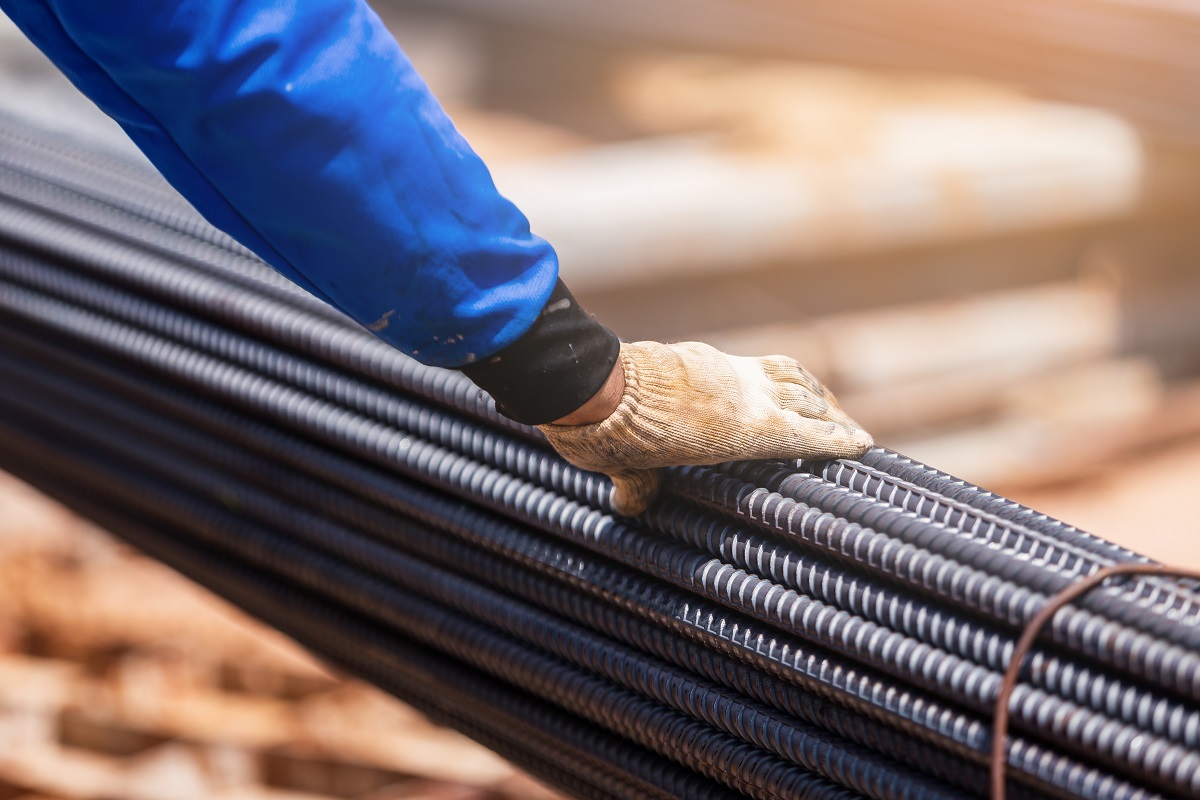Introduction
Steel reinforcement has played a pivotal function in the construction sector for centuries. From its humble beginnings in traditional approaches towards the breakthroughs created recently, steel reinforcement is becoming an integral aspect of contemporary design procedures. This text delves into your evolution of steel reinforcement, Discovering its journey from conventional techniques to Superior tactics, plus the impact it's had on the construction field.
The Relevance of Metal Reinforcement in Construction
Steel reinforcement is essential in development because of its ability to enhance the power and sturdiness of concrete constructions. It acts like a guidance method, supplying tensile energy by resisting cracks and improving load-bearing potential. With out good reinforcement, concrete constructions could well be liable to numerous exterior forces such as seismic action and hefty loads.
Traditional Ways of Steel Reinforcement
The Beginnings: Iron Rods and Timber
In the early days of design, iron rods were used to be a form of reinforcement. These rods were embedded inside concrete buildings to deliver added power. Nonetheless, iron was at risk of corrosion, resulting in structural deterioration after a while. To overcome this situation, timber was often used along with iron rods for added balance.
The Introduction of Gentle Steel
Mild metal emerged in its place to iron rods in the late nineteenth century. Its reduced carbon articles produced it much less prone to corrosion, significantly enhancing the longevity of bolstered structures. This marked a substantial advancement in steel reinforcement know-how, setting the stage for further more innovations.
Twisted Bars and Expanded Metallic Lath
In the early twentieth century, twisted bars and expanded metal lath were launched as reinforcement elements. Twisted bars presented improved bonding with concrete, whilst expanded metallic lath supplied Improved surface region for better adhesion. These improvements further strengthened concrete structures and elevated their resistance towards exterior forces.

Advancements in Metal Reinforcement Techniques
High-Power Reinforcement Bars
The enhancement of large-toughness reinforcement bars revolutionized the development business. These bars, made from alloyed metal with higher tensile energy, permitted for the development of taller and much more structurally sophisticated structures. Substantial-strength reinforcement bars also made available improved resistance towards seismic action, creating them perfect for earthquake-prone areas.

Welded Wire Mesh
Welded wire mesh became a favorite option for reinforcement as a result of its simplicity of installation and value-efficiency. It is made up of interconnected metal wires welded alongside one another to kind a mesh-like construction. Welded wire mesh provides uniform reinforcement distribution all over the concrete, escalating its Over-all toughness.
Fiber Strengthened Polymer (FRP) Bars
Fiber Bolstered Polymer (FRP) bars have received prominence lately as a lightweight and corrosion-resistant alternative to conventional metal reinforcement. These bars are made out of a combination of fibers, like carbon or glass, embedded in a polymer matrix. FRP bars give substantial tensile strength and are perfect for buildings subjected to severe environmental situations.
Prefabricated Reinforcement Solutions
Prefabricated reinforcement solutions have become significantly well-known in modern design practices. These options include the manufacturing of reinforcement elements off-site, which happen to be then transported and put in on-web site. This approach lowers design time and enhances high-quality Manage, leading to a lot more efficient and durable buildings.
FAQs about Steel Reinforcement Techniques
What is the objective of steel reinforcement in design?
Metal reinforcement offers supplemental strength and sturdiness to concrete constructions by maximizing their load-bearing potential and resisting cracks.
Why was iron replaced by gentle metal in conventional metal reinforcement?
Iron was liable to corrosion, bringing about structural deterioration after a while. Gentle metal, with its lower carbon articles, made available improved corrosion resistance and longevity.
What are large-toughness reinforcement bars?
Higher-energy reinforcement bars are made out of alloyed steel with increased tensile energy. They empower the construction of taller plus more sophisticated structures and give better resistance in opposition to seismic action.
How does welded wire mesh reinforce concrete constructions?

What are Fiber Reinforced Polymer (FRP) bars?
Fiber Reinforced Polymer (FRP) bars are light-weight and corrosion-resistant options to classic metal reinforcement. They supply high tensile energy and are perfect for structures exposed to harsh environmental circumstances.
What are the benefits of employing prefabricated reinforcement remedies?
Prefabricated reinforcement alternatives decrease development time, greatly enhance quality Command, and cause far more effective and sturdy buildings.
Conclusion
The evolution of metal reinforcement has reworked the construction business, enabling the development of much better, a lot more resilient buildings. From the early usage of iron rods and timber to the introduction of higher-energy reinforcement bars, welded wire mesh, Fiber Reinforced Polymer https://pastelink.net/brb3ziqc (FRP) bars, and prefabricated alternatives, Every single innovation has contributed to safer plus more sustainable design techniques. As technological know-how proceeds to progress, we can easily count on further breakthroughs in metal reinforcement strategies that could condition the future of construction.